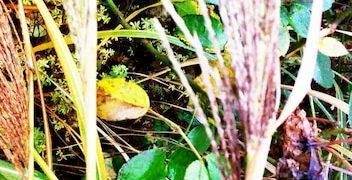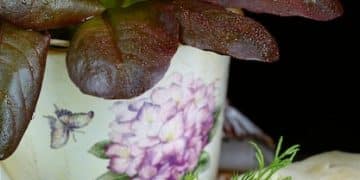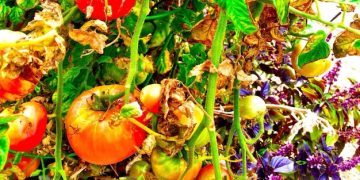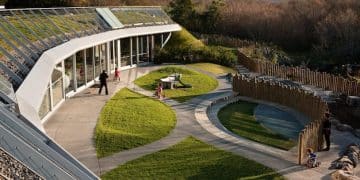Eco-Friendly Landscaping: Save Water and Thrive in Your Sustainable Garden
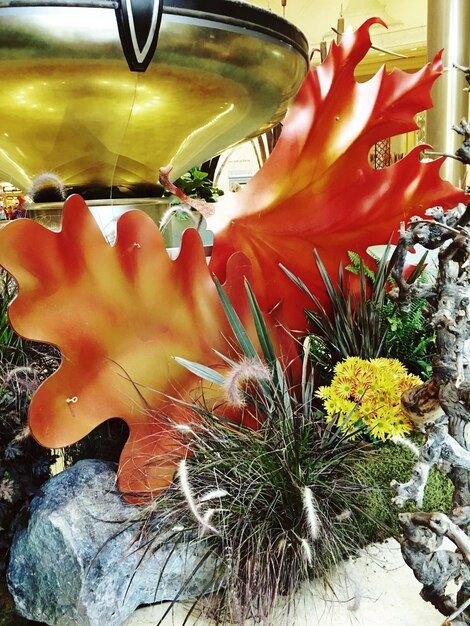
Eco-friendly landscaping focuses on creating sustainable gardens that thrive while using 50% less water through practices like xeriscaping, native plants, efficient irrigation, and soil management, all contributing to a healthier environment and reduced water consumption.
Want to create a beautiful garden that’s also kind to the planet? Eco-friendly landscaping: Create a sustainable garden that thrives with 50% less water is within reach by using smart and sustainable tips.
Understanding Eco-Friendly Landscaping
Eco-friendly landscaping is more than just a trend; it’s a commitment to creating outdoor spaces that benefit both people and the planet Its about striking a balance between beauty and sustainability to promote biodiversity and conserve resources.
What Makes Landscaping Eco-Friendly?
Eco-friendly landscaping involves a variety of practices that reduce environmental impact. From selecting native plants to implementing water-efficient irrigation systems, every choice contributes to a healthier and more sustainable garden.
Benefits of Sustainable Gardens
- Reduced water consumption: Save up to 50% on water bills by using drought-tolerant plants and efficient irrigation techniques.
- Lower maintenance costs: Native plants require less watering, fertilizing, and pruning, saving you time and money.
- Improved biodiversity: Attract pollinators and beneficial insects, creating a thriving ecosystem in your backyard.
- Healthier environment: Reduce your carbon footprint by using fewer chemicals and conserving resources.
By adopting eco-friendly landscaping practices, you can create a garden that is both beautiful and sustainable. It’s about making informed choices that benefit the environment and enhance your outdoor living space.
Planning Your Eco-Friendly Garden
Careful planning is essential for creating a successful eco-friendly garden. Consider your local climate, soil conditions, and personal preferences to design a space that thrives with minimal resources.
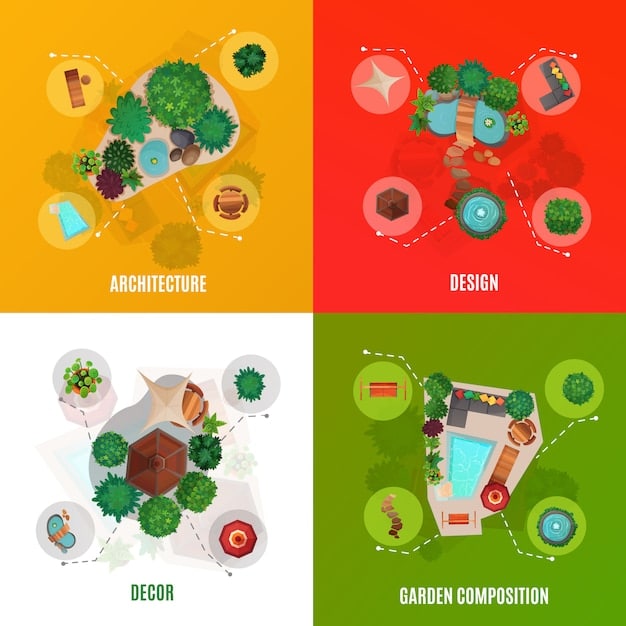
Assess Your Site
Start by assessing your site’s existing conditions. Note the amount of sunlight each area receives, the type of soil you have, and any existing vegetation. This information will help you choose the right plants and design your garden effectively.
Design for Water Conservation
Design your garden with water conservation in mind. Group plants with similar water needs together, and consider using xeriscaping techniques to reduce water consumption. Xeriscaping involves selecting drought-tolerant plants and using mulch to retain moisture in the soil.
Choose Native Plants
- Adaptation: Native plants are already adapted to your local climate and soil conditions.
- Low maintenance: They require less watering, fertilizing, and pest control.
- Biodiversity: Attract native pollinators and beneficial insects.
A well-planned eco-friendly garden not only conserves water but also supports local ecosystems. By considering your site’s conditions and making informed choices, you can create a beautiful and sustainable outdoor space.
Selecting the Right Plants
Choosing the right plants is crucial for creating an eco-friendly garden that thrives with less water. Opt for native and drought-tolerant species that are well-suited to your local climate.
Native Plants for Water Conservation
Native plants are naturally adapted to your region’s climate and soil conditions, requiring less water and maintenance than non-native species. They also provide habitat and food for local wildlife, supporting biodiversity.
Drought-Tolerant Varieties
Drought-tolerant plants are able to withstand periods of dryness without needing frequent watering. These plants often have deep roots or specialized leaves that help them conserve water.
Examples of Water-Wise Plants
- California Poppy (Eschscholzia californica): A vibrant wildflower that thrives in dry conditions.
- Lavender (Lavandula): A fragrant herb that requires little water once established.
- Succulents: Plants like sedum and agave store water in their leaves, making them highly drought-tolerant.
By selecting the right plants, you can create a beautiful and sustainable garden that requires minimal water. Native and drought-tolerant species are an excellent choice for eco-friendly landscaping.
Efficient Irrigation Techniques
Efficient irrigation is essential for conserving water in an eco-friendly garden. By using smart watering techniques, you can reduce water waste and ensure that your plants receive the moisture they need.
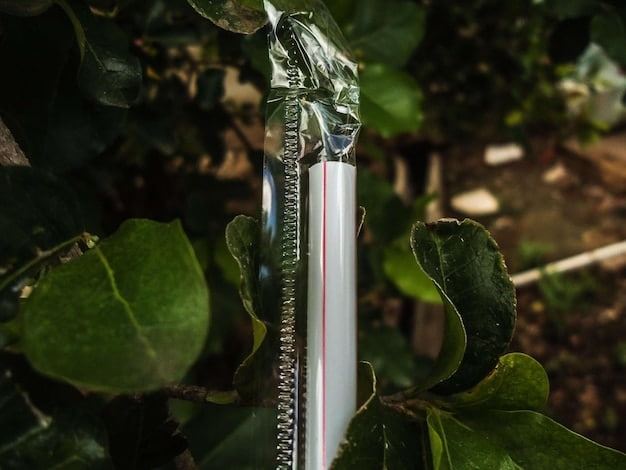
Drip Irrigation Systems
Drip irrigation delivers water directly to the roots of plants, minimizing water loss through evaporation and runoff. This method is highly efficient and can save a significant amount of water compared to traditional sprinklers.
Soaker Hoses
Soaker hoses are another efficient way to water your garden. These hoses slowly release water into the soil, allowing it to soak deeply into the roots of plants. Soaker hoses are particularly useful for watering vegetable gardens and flower beds.
Watering Schedules and Timing
- Water deeply and less frequently: Encourage deep root growth by watering thoroughly but less often.
- Water in the morning: Reduce evaporation by watering early in the day when temperatures are cooler.
- Use a rain barrel: Collect rainwater to supplement your irrigation system and reduce your water bill.
Implementing efficient irrigation techniques is a key component of eco-friendly landscaping. By using drip irrigation, soaker hoses, and smart watering schedules, you can conserve water.
Soil Management and Mulching
Healthy soil is the foundation of a thriving eco-friendly garden. By improving soil structure and using mulch, you can retain moisture, suppress weeds, and reduce the need for watering.
Improving Soil Structure
Healthy soil is essential for plant growth and water retention. Amend your soil with organic matter, such as compost or aged manure, to improve its structure and fertility. This will help your plants thrive with less water.
The Benefits of Mulch
Mulch is a layer of organic material that is spread over the soil surface. It helps retain moisture, suppress weeds, regulate soil temperature, and add nutrients to the soil as it decomposes.
Types of Mulch
- Wood chips: A durable and long-lasting mulch that is ideal for pathways and shrub beds.
- Straw: A lightweight mulch that is perfect for vegetable gardens.
- Compost: A nutrient-rich mulch that improves soil fertility and water retention.
Proper soil management and mulching are essential for creating an eco-friendly garden that thrives with less water. By improving soil structure and using mulch, you can retain moisture, suppress weeds, and reduce the need for watering.
Maintaining Your Eco-Friendly Landscape
Regular maintenance is key to keeping your eco-friendly garden thriving. By following a few simple guidelines, you can ensure that your landscape remains beautiful and sustainable for years to come.
Weed Control
Weeds compete with your plants for water and nutrients, so it’s important to keep them under control. Use manual weeding, mulching, or organic herbicides to manage weeds without harming the environment.
Pest Management
Pests can damage your plants and compromise the health of your garden. Use natural pest control methods, such as introducing beneficial insects or using organic pesticides, to manage pests without harming the environment.
Watering Wisely
- Monitor soil moisture: Use a soil moisture meter to determine when your plants need watering.
- Adjust watering schedules: Adjust your watering schedule based on the weather and the needs of your plants. Water deeply but less frequently to encourage deep root growth.
- Inspect your irrigation system: Check your irrigation system regularly for leaks and clogs, and make repairs as needed.
Maintaining your eco-friendly landscape involves regular weed control, pest management, and wise watering practices. By following these guidelines, you can ensure that your garden remains beautiful and sustainable for years to come.
| Key Point | Brief Description |
|---|---|
| 💧 Water Conservation | Employ drip irrigation and water-wise plants. |
| 🌱 Native Plants | Use plants adapted to the local climate for reduced water use. |
| 🌿 Mulching | Apply mulch to retain soil moisture and suppress weeds. |
| 📅 Regular Maintenance | Maintain gardens to conserve water and resources effectively. |
FAQ
Eco-friendly landscaping involves designing and maintaining outdoor spaces in a way that minimizes environmental impact. It focuses on using sustainable practices such as water conservation, native plants, and organic pest control.
You can reduce water consumption by using drip irrigation systems, planting drought-tolerant species, and mulching to retain soil moisture. Watering deeply but less frequently also encourages deep root growth and reduces water waste.
Native plants are adapted to your local climate and soil conditions, requiring less water, fertilizer, and pest control. They also provide habitat and food for local wildlife, supporting biodiversity.
Mulching helps retain soil moisture, suppress weeds, regulate soil temperature, and add nutrients to the soil as it decomposes. It reduces the need for watering, weeding, and fertilizing.
Natural pest control methods include introducing beneficial insects like ladybugs, using organic pesticides like neem oil, and practicing crop rotation. These methods help manage pests without harming the environment.
Conclusion
By embracing eco-friendly landscaping practices, you can create a sustainable garden that not only conserves water but also enhances your outdoor living space and supports a healthier environment. Start implementing these tips today and enjoy the benefits of a beautiful, water-wise landscape.
